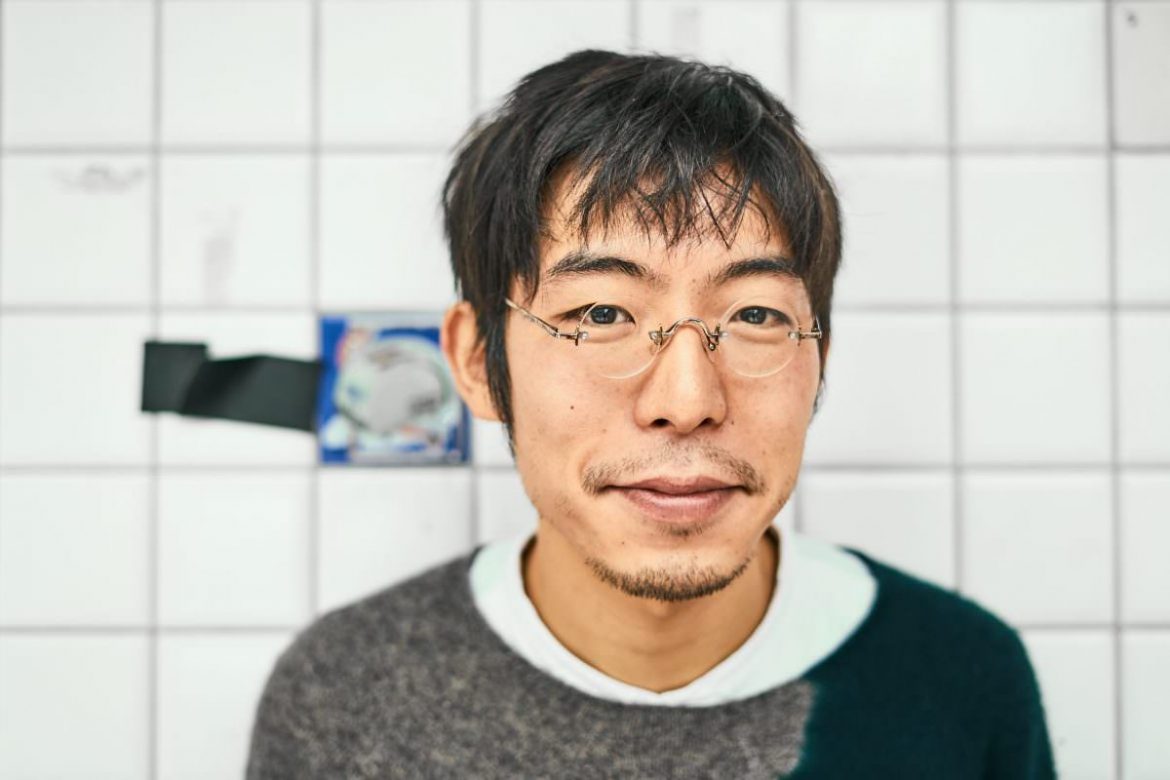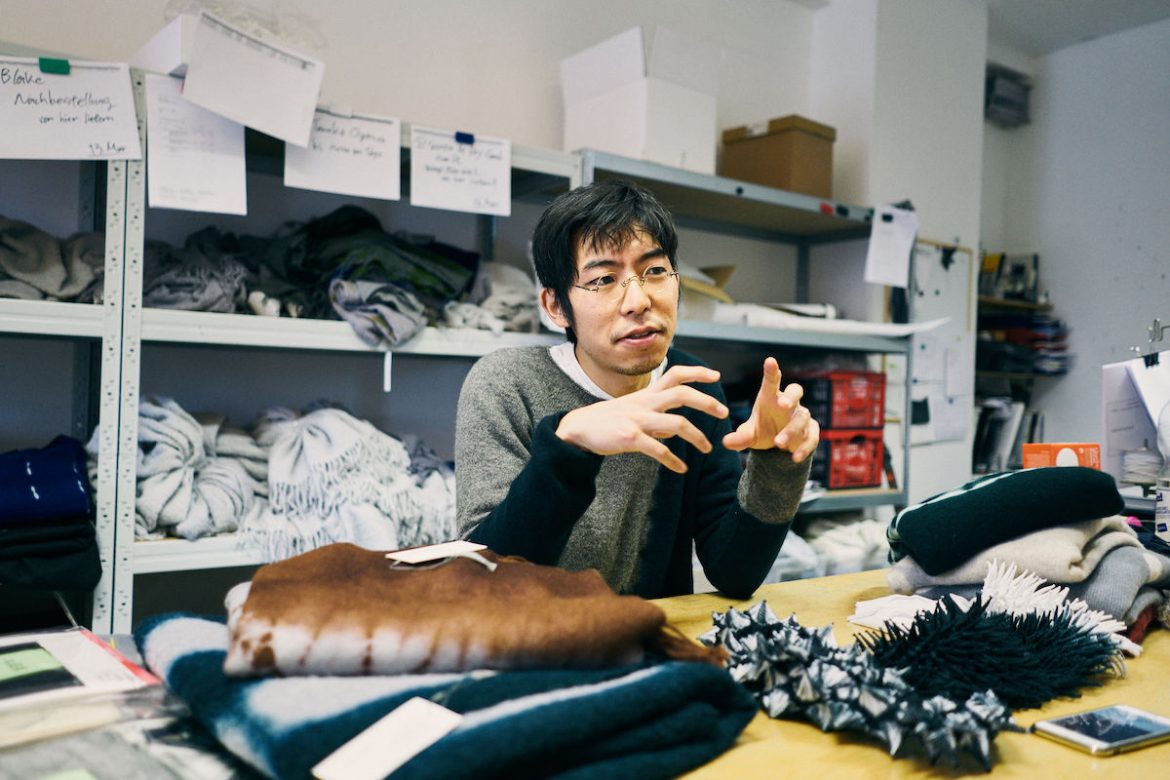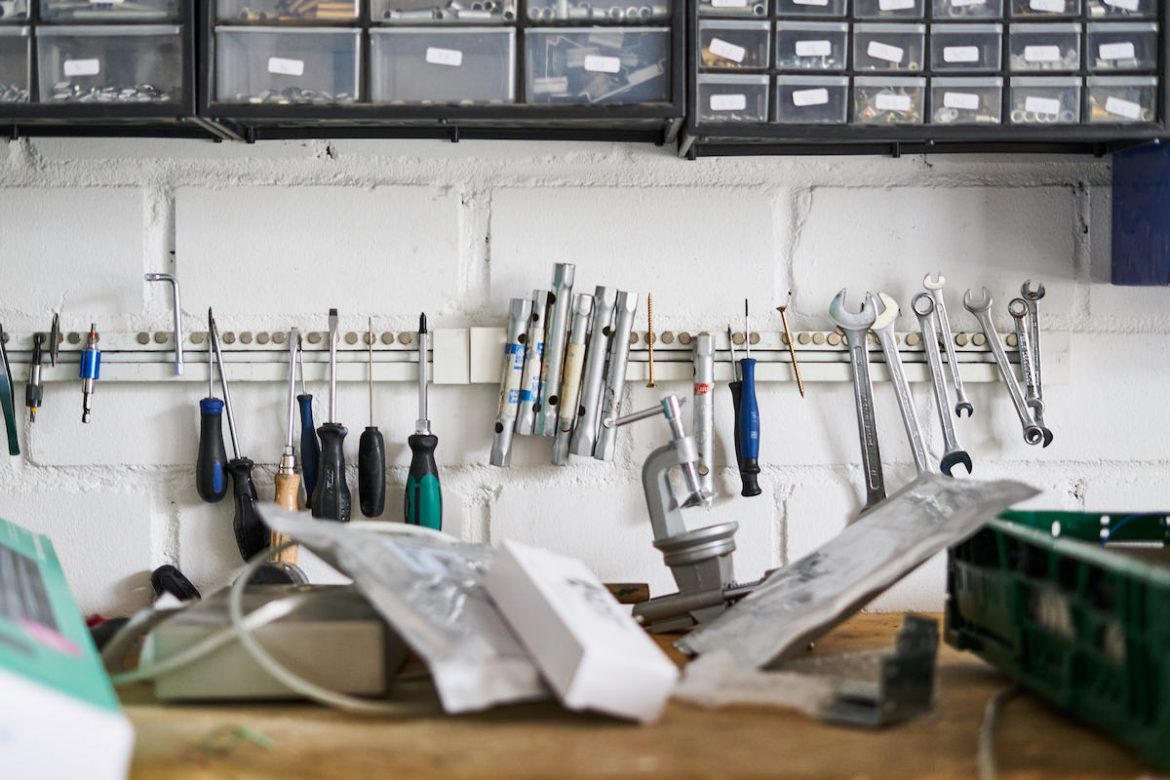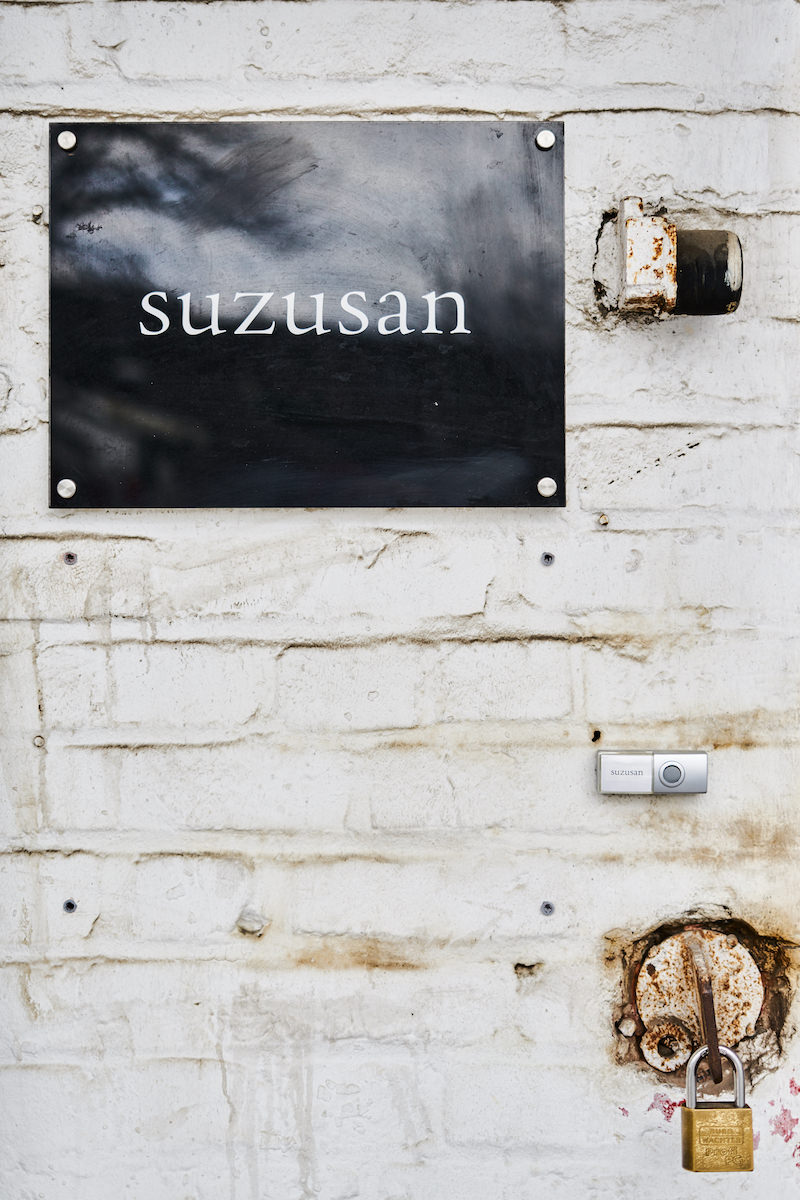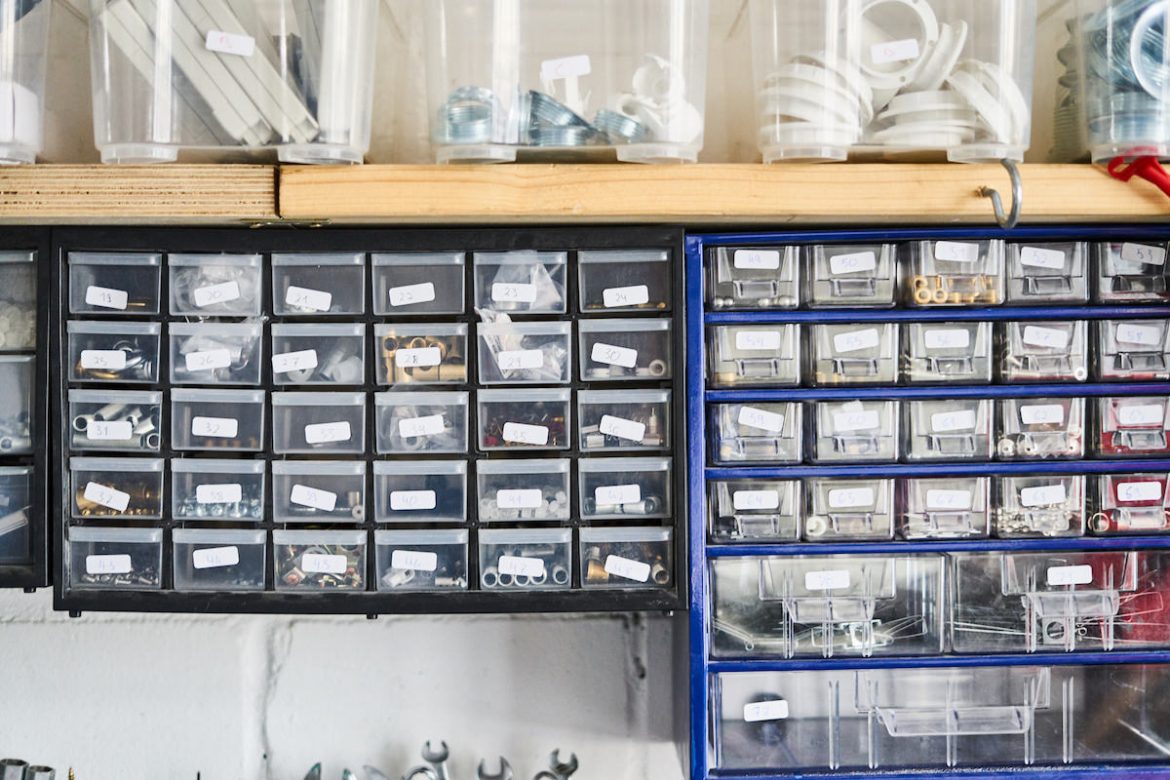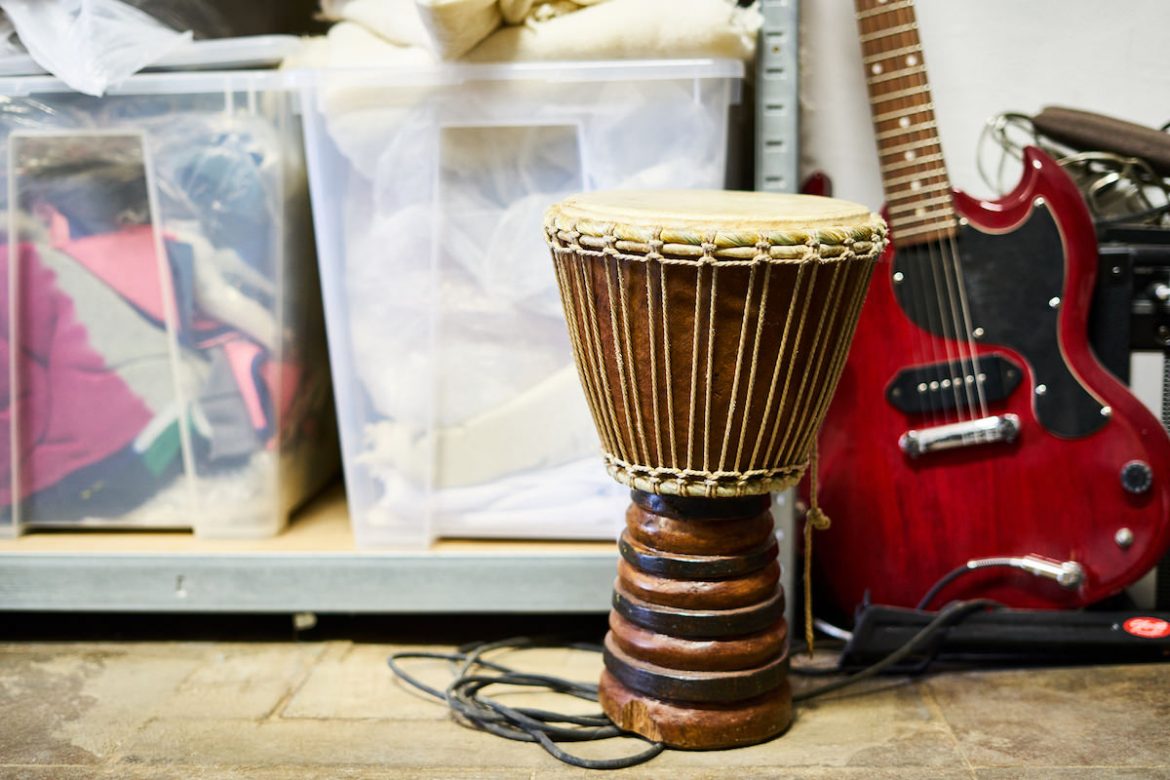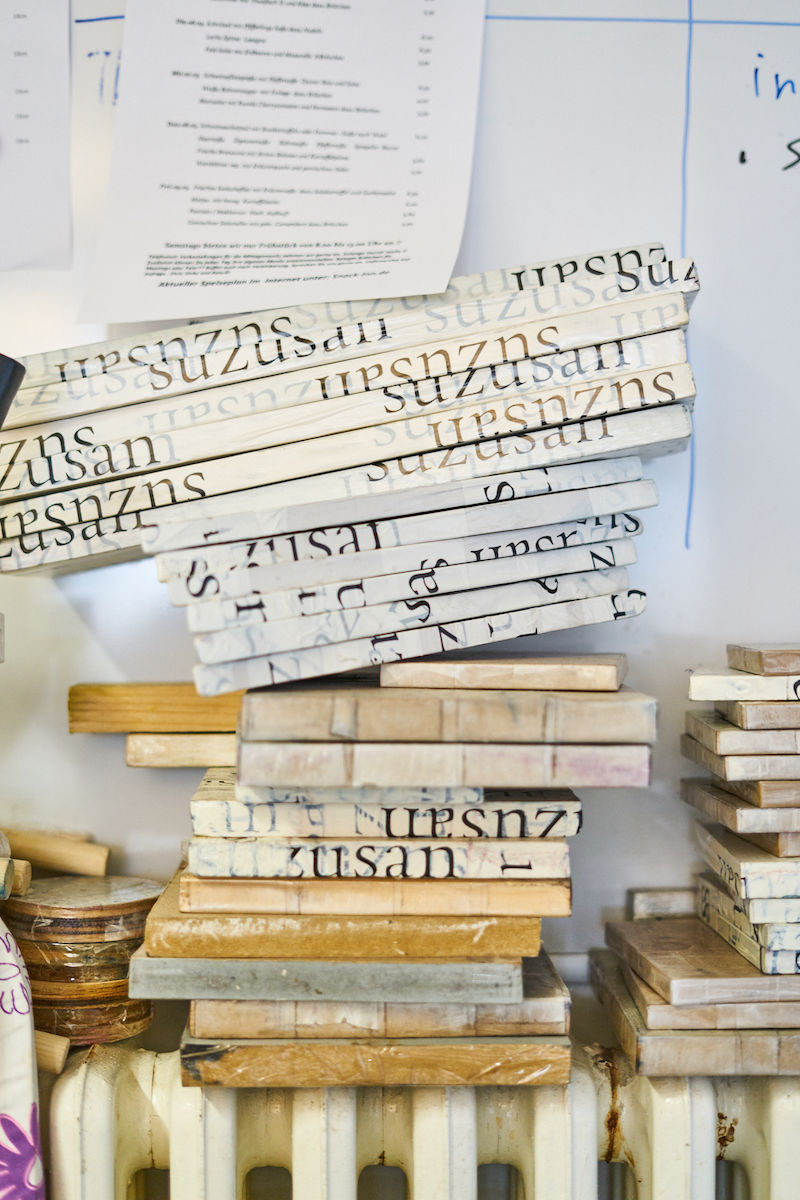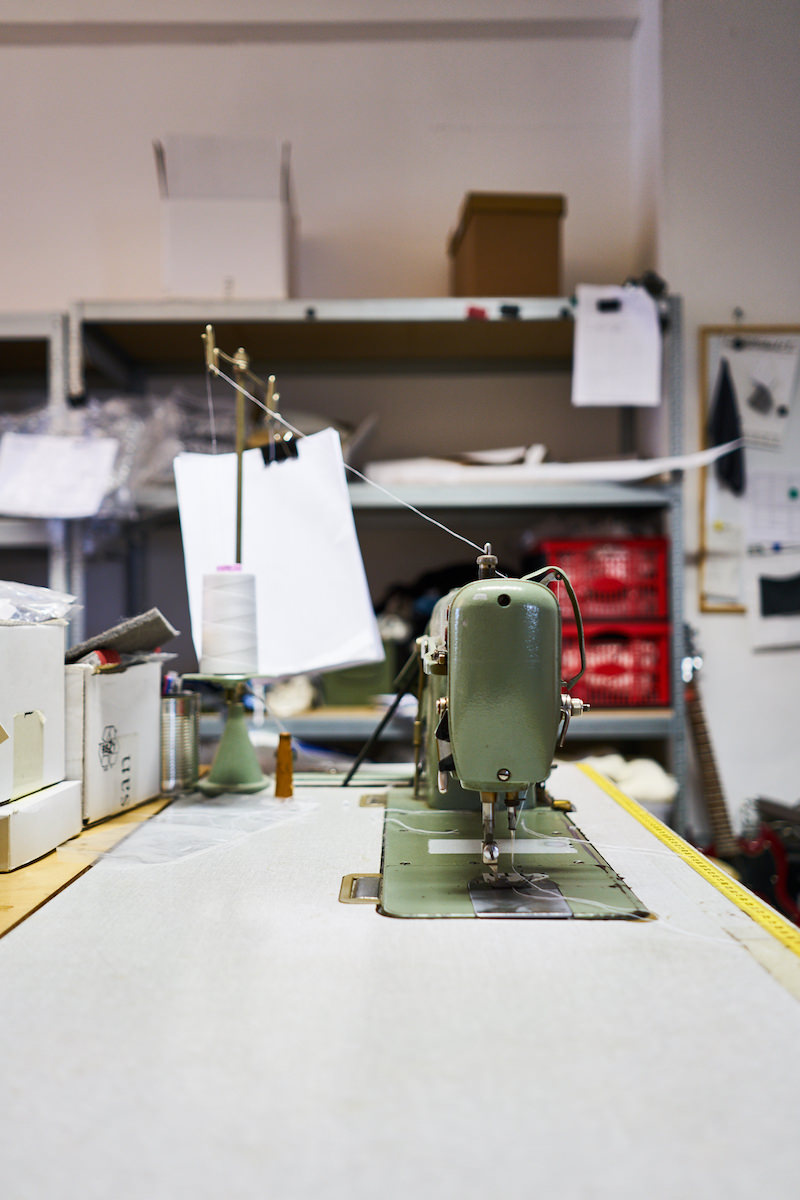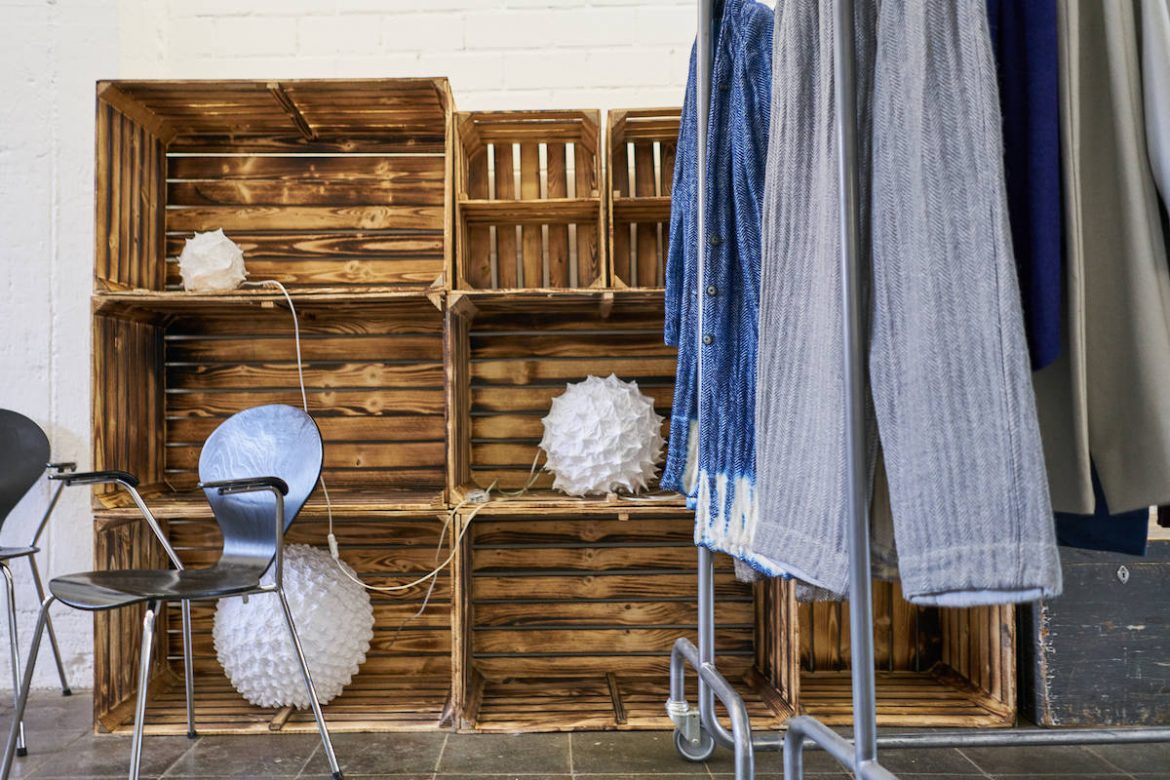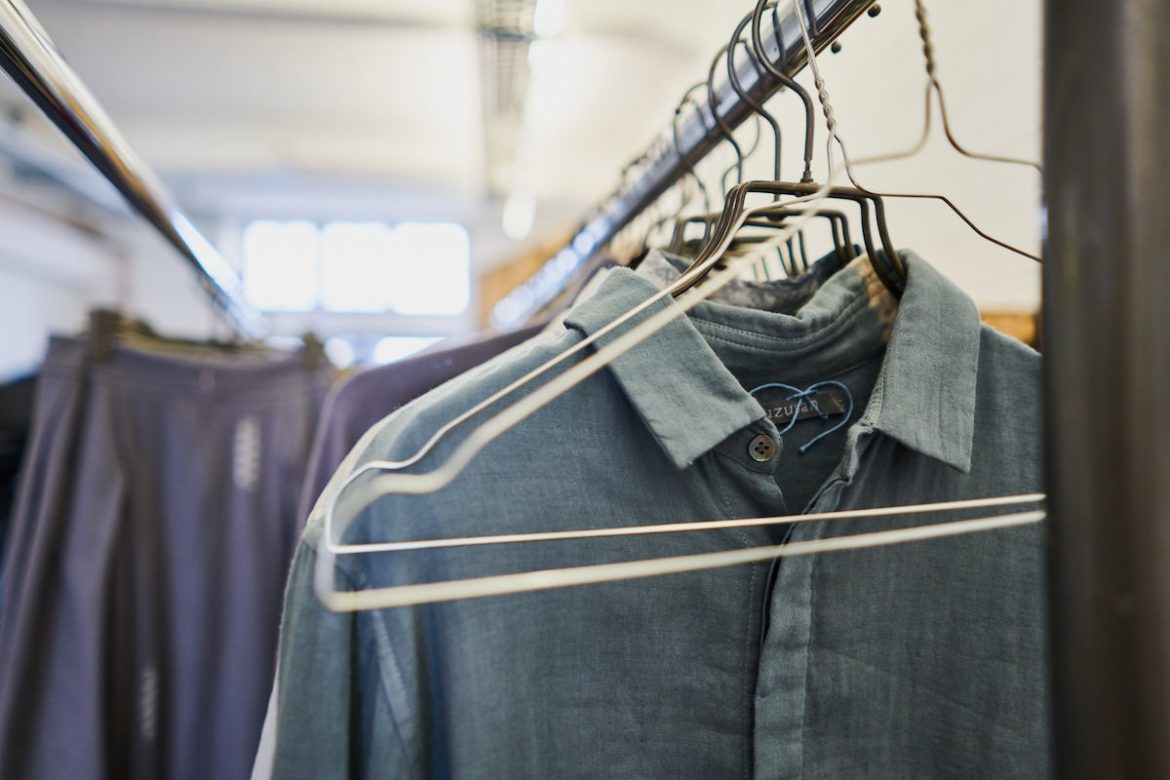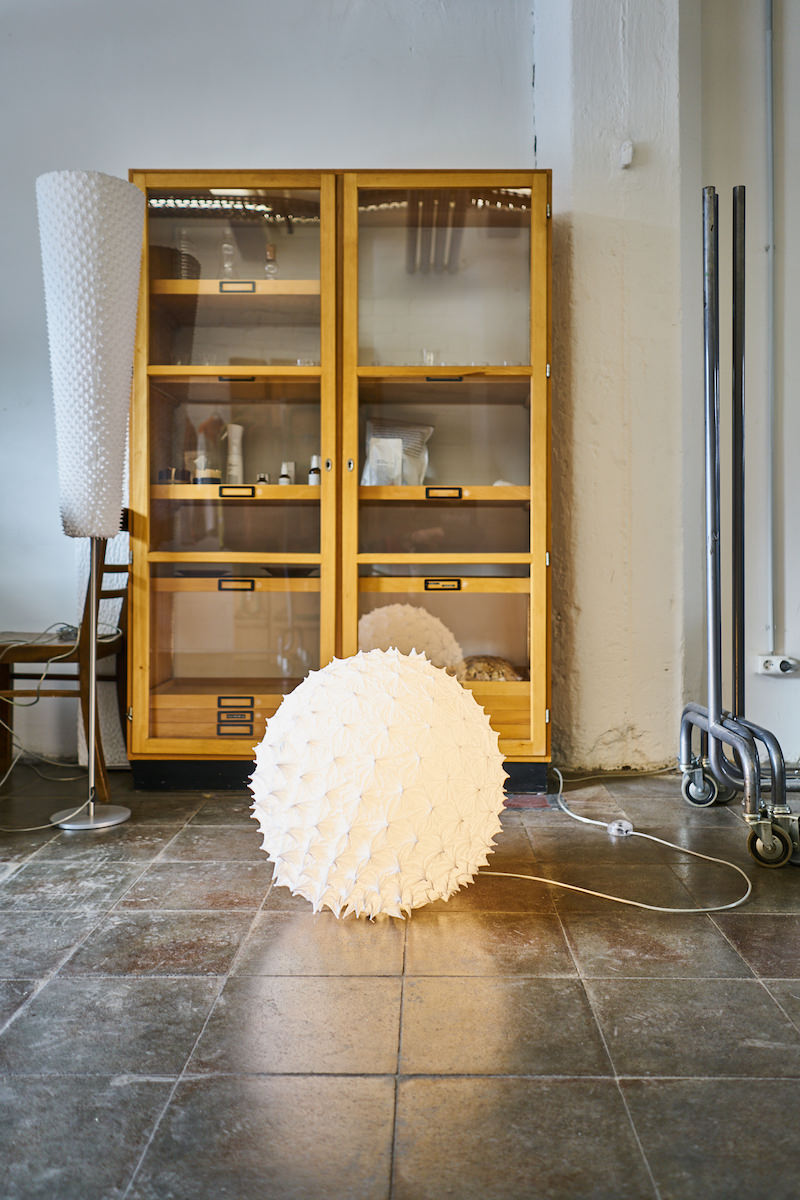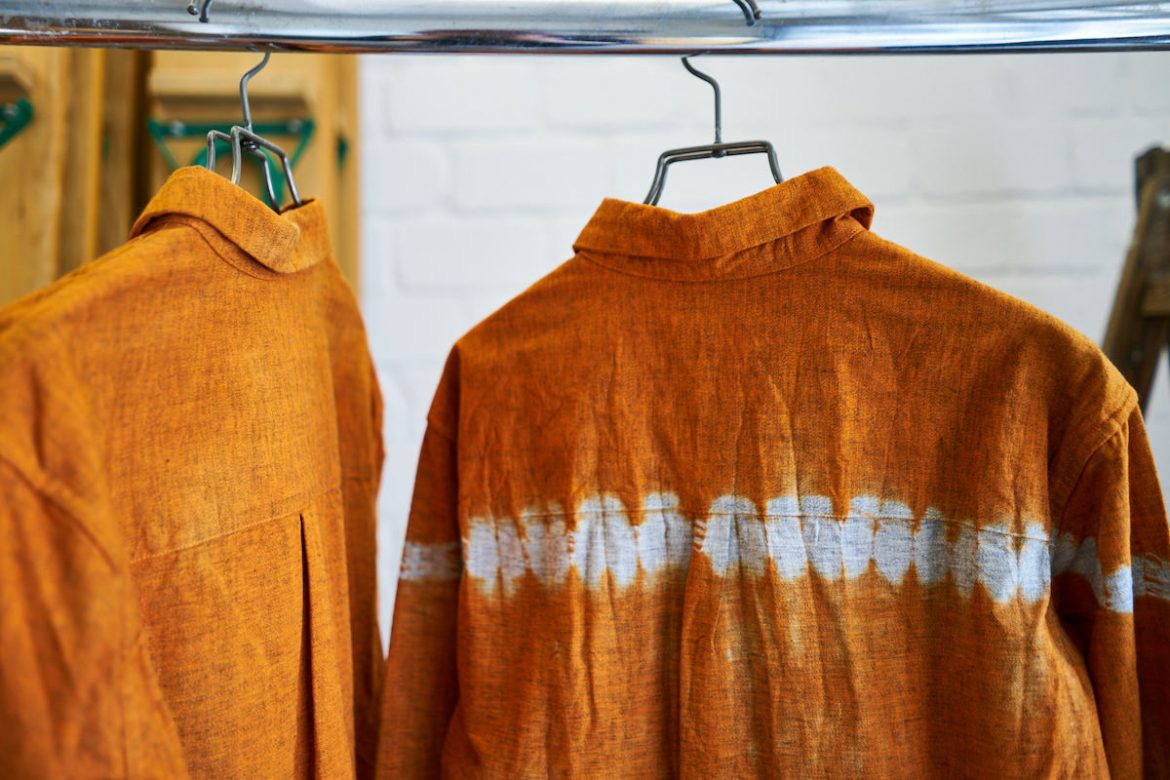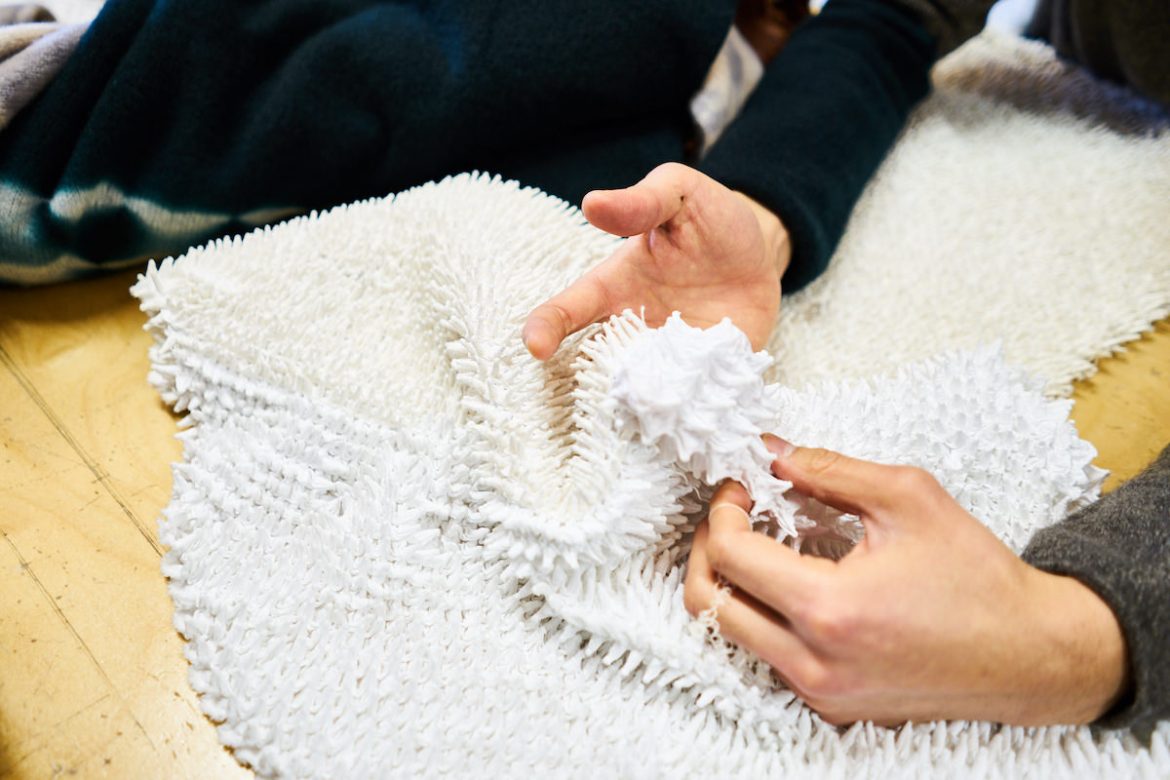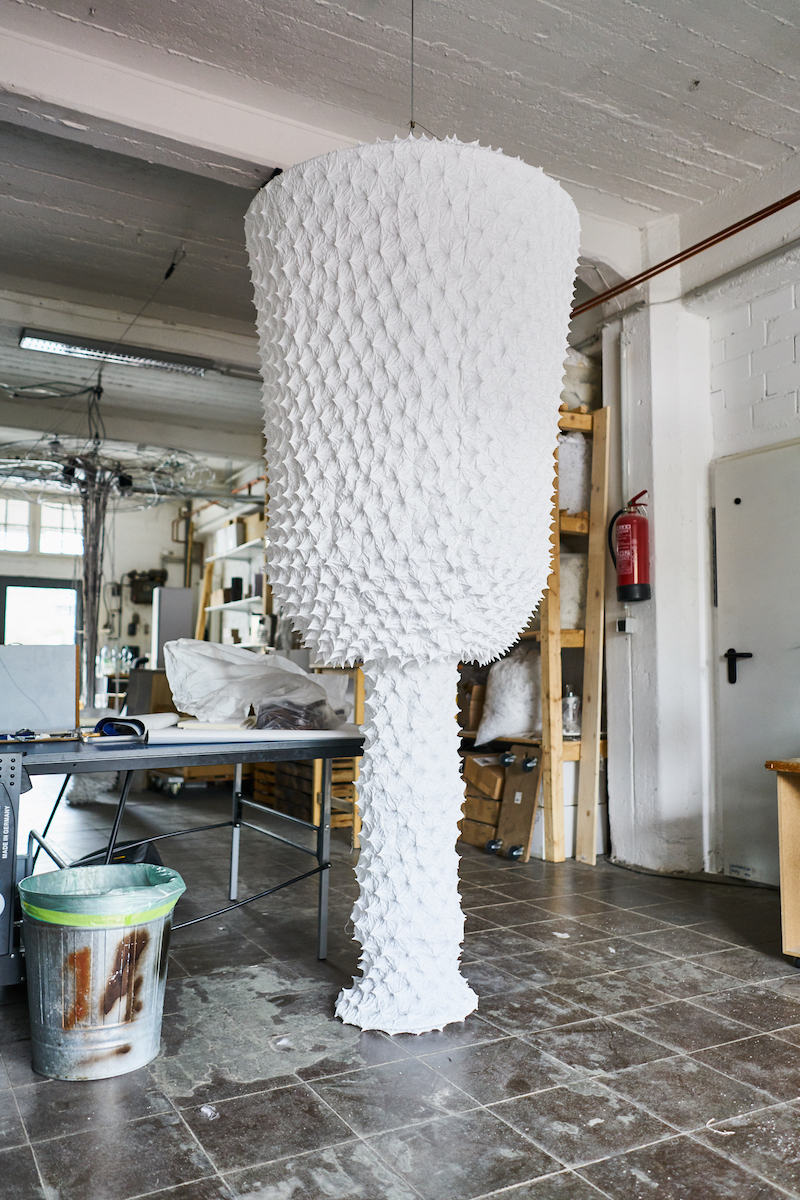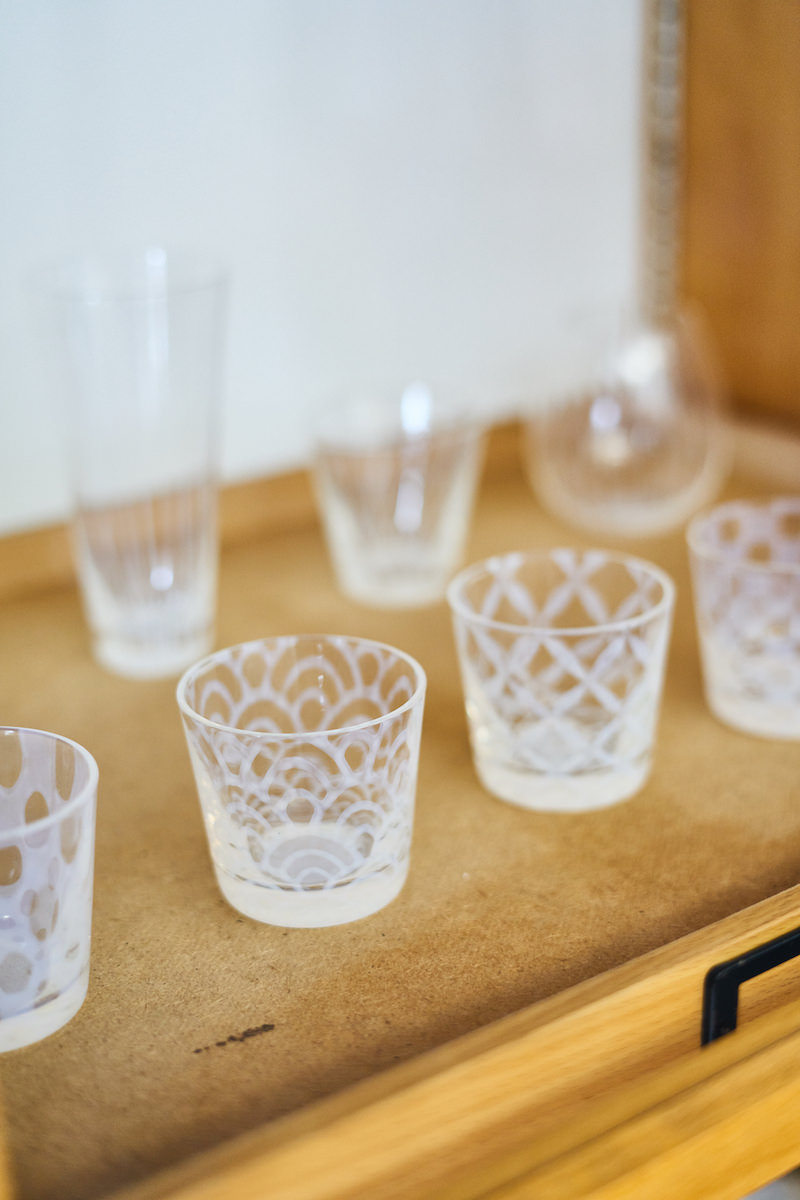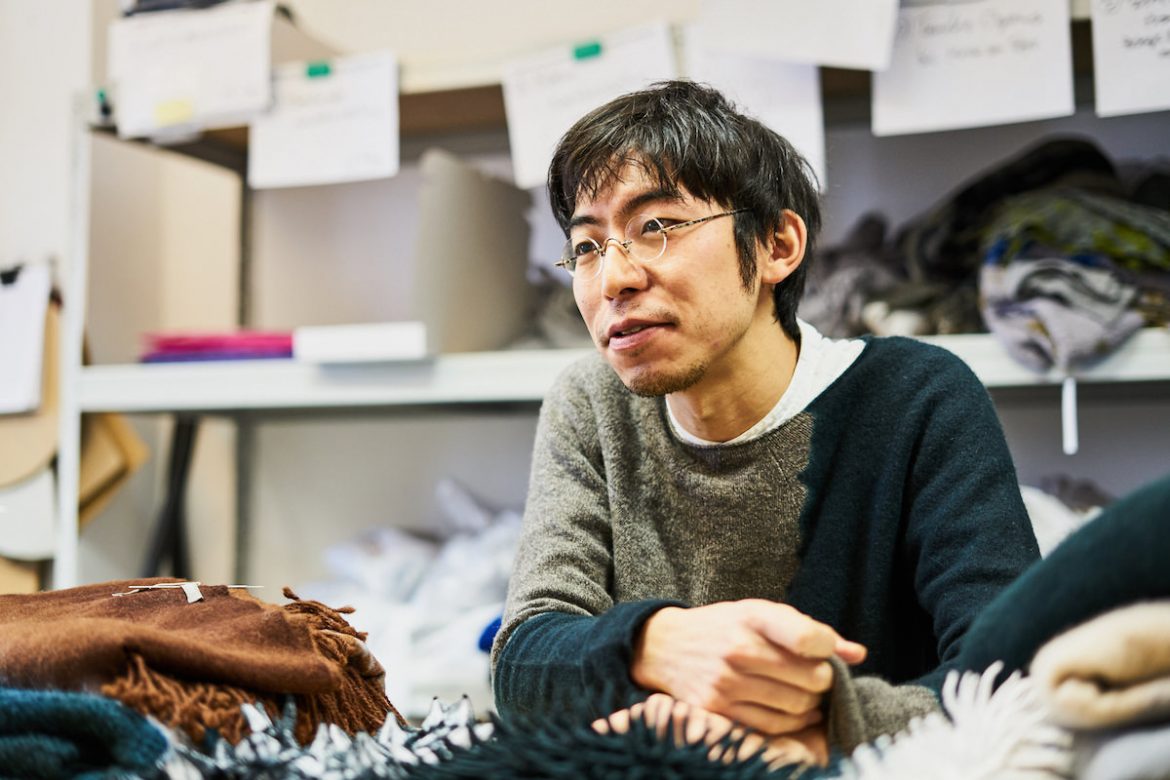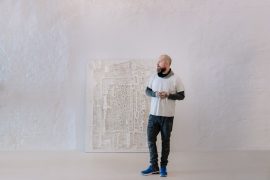Suzusan is the name of the label of Hiroyuki Murase, called Hiro, who breathes new life into the Japanese craft of shibori. The company is based in a backyard studio in Flingern-Süd, opposite the Weltkunstzimmer, and sells its collection far beyond Düsseldorf. The fabric produced with this special technique has already been worn on Dior’s catwalk as well as byinternational stars like Natalie Portman. THE DORF visited him in his studio to find out more about his label, shibori and his future plans.
*** Hier geht es zu deutschen Version des Beitrags / Click here for the German version of the article ***
“When you see shibori in Japan, you think, ‘Yes, I know. Traditional crafts, nothing new’. But in Europe, people were excited about it.”
Hiro, what exactly is shibori and how did you come to the business? For over 400 years, my home Arimatsu has been known for its shibori techniques, which are used for kimonos. There are many different techniques, but in principle, the cloth, traditionally mostly cotton, is bound by hand and then dyed. When the thread is then opened again, you can see the resulting colour contrast. Arimatsu is located between Tokio and Kyoto and in the past, each family had its own technique of binding, dyeing and sewing. The material went from house to house, from family to family, like a modern factory with its work chains. A kimono fabric went through about five or six different families until the kimono was ready. My family has been running this business for a hundred years, I am the fifth generation. When I was still living in Japan, I was not interested in shibori at all. I wanted to become an artist. First I studied in England, then I moved to Düsseldorf to study at the Academy of Fine Arts. I did not want to have anything to do with the family business (laughs).
Oh, wow. And what about Arimatsu today? There used to be more than a hundred different shibori techniques, more than 10,000 craftsmen and women were employed in the village. The village is really small, it takes no more than 15 minutes to walk from one side of town to the other.
How did you come to shibori after all? My father, who has produced a lot for Issey Miyake, came to Europe to show his fabrics at a trade show. And because he does not speak German or English, I helped him. So, for the first time outside my homeland, I saw the shibori fabric and the reactions to it. When you see shibori in Japan, you think, “Yes, I know. Traditional crafts, nothing new”. But in Europe, people were excited about it. When we first exhibited at the Premiere Vision, Hermès, Louis Vuitton, Chanel and Dior approached us. For Dior, we actually made haute couture fabrics. A dress they made from it cost 80,000 euros in the end and was later worn by Natalie Portman to an event.
He shows the pictures of the catwalk and Natalie Portman with her husband at an event on his Mac.
When was that? This was the second collection by Raf Simons. His sourcing assistant already was in contact with us when Raf was still at Jil Sander, but they did not have a big enough budget. When Raf went to Dior, the sourcing contact went with him as well. At Dior Haute Couture he remembered us and there they also had the necessary budget (laughs). Recently, Loewe also called to order a fabric, but they said they would need it in two weeks. I had to decline that order, we simply had no capacity.
No! I’m a big Loewe fan (laughs). Yes, Loewe is great (laughs). But with such a complex crafting technique, it’s not that easy. I’ll show you. He plays a YouTube video of the artisans in Arimatsu, who are almost all very old. They sit on tatami mats and are wrapping and twisting cloth. Pointing to the oldest, he says: Unfortunately, she has retired recently. She started working at the age of eight and worked until she was 94 years old. She has done nothing else all her life. Unfortunately, the techniques are more and more lost. As I said earlier, there were once 10,000 shibori craftsmen. When I started doing that, there were only 200 left. My dad said to me, “In 15 years, you will not see any craftsmen here if it continues like this. The shibori craft is dying out.” Whenever a family or craftsman stops, a technique is lost.
And that’s why you now preserve the techniques that still exist? Yes, we are doing that. And we also develop our own techniques. In 2008, I started my collection because commissions from other fashion designers are an uncertain business, of course. They order one season, but maybe not in the next. With our own collection, we can ensure that there is always work for the craftsmen and women. Like this we have already been able to hire and train a few young, new talents.
How come you founded your own label Suzusan? I used to live in a flat share with Christian Dietsch, he studied business administration and I studied art. Christian wanted to start his own business after graduation. When my dad was visiting, the fabric lay on the kitchen table and Christian saw it and asked me if we should start a business with it. That’s how it all began. We started with scarves, then lamps and fashion were added, and last came our home line, for which we produce blankets and pillows. Currently, the fashion line is our best selling one.
Where is Suzusan being sold? At first, I drove to the shops with five scarves in my suitcase and talked to the retailers personally. We now have sales outlets in 23 countries. Among them are really great shops like L’Eclaireur in Paris, Biffi in Milan or Andreas Murkudis in Berlin – Andreas was one of the first who believed in us. Of course, we have different customers depending on the category. For fashion, we work with boutiques, home and interior is mainly bought by hotels and restaurants.
And here it looks like you’ve planned a small concept store, right? Yes, that’s true. I know many artisans and designers in Japan, Paris and Milan. I would like to bring this together with the designs of Suzusan.
And when is it going to happen? Oh well … Good question (laughs). Maybe in the summer. When we have the time.
Text: Barbara Russ
Fotos: Robin Hartschen
© THE DORF 2018




